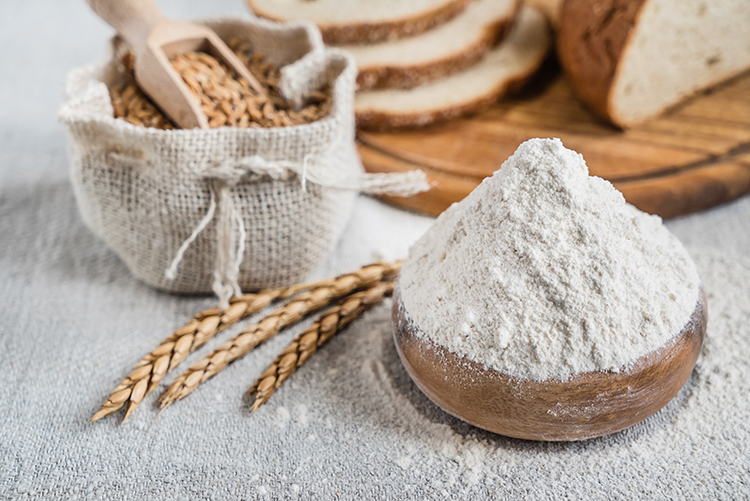Yoga teacher and Type 1 diabetes patient, Rachel Zinman, expands on which yoga practice is best for you as an individual.
I’ve been practicing yoga since I was 17 and teaching and sharing yoga worldwide for more than 25 years, so when my diagnosis, at age 42, of Type 1 diabetes came along, it absolutely floored me.
I was convinced that I could reverse my condition and spent six years trying my best. I couldn’t accept that Type 1 diabetes is an autoimmune disease with no known cure.
When life hits rock bottom it’s the simple things that resonate. For me it was my yoga mat. The postures and the meditation kept me sane. I wanted to run away but there was nowhere to go. Slowly and gently I found my way back. First, I found a way to accept my diagnosis. Then I realised that yoga had saved my life.
Ayurveda – how can we keep the body in total balance?
My personal passion for understanding the complexity of the body and how to achieve optimum health happened when I was introduced to the sister science of yoga, Ayurveda. If you’ve never heard of Ayurveda, it means the science of life, and like yoga it considers the body/mind mechanism as a whole and asks the question: how can we keep the body in total balance?
Ayurveda is based in the theory that the body, being composed of the five elements: earth, water, fire, air and ether, is constantly trying to balance itself. And that the mix of elements in each person is completely unique. In other words, it’s not one size fits all.
Each element has a specific quality. For example, ether or space is vast and open while air is light and fast-moving. In Ayurveda, those qualities translate into both body type, and mental and emotional characteristics.
A person who is forthright and charismatic with a more muscular physique has a predominance of the fire element. Whereas someone who is loving and stable with a strong and sturdy build has more earth and water. And someone who has a light frame, quick mind and an artistic bent tends to have more air and ether in their system. What one body thrives on can be another’s downfall. That’s why it’s important to understand your constitution and then find a yoga practice that fits your type.
Benefits of finding a yoga practice that fits your type
In my 30 years’ experience of yoga practice and teaching, I have found that working with a practice that suits you as an individual, decreases stress which in turn leads to a more positive attitude, better blood glucose control and a range of other benefits such as:
- Increased physical strength
- Improved flexibility
- More muscle tone
- Increased insulin sensitivity
- Weight loss
- Better sleep
- Improved function of the internal organs
- Better blood circulation
- Better concentration
- General overall well-being
What is your Ayurvedic type?
Often, we head to the gym or yoga studio and choose a style of yoga that we think we should do. But what we think we should do isn’t always the right practice. If you’re a sucker for hot tamales, garlic and chilli but you always end up with heartburn, you might want to rethink that craving and have cucumber soup instead.
So, if you’re loving hot yoga, but wonder why you keep going hypo, or adore a yin class, but can’t shed those extra kilos. It might be worth knowing your Ayurvedic type by taking this quick ayurvedic quiz.
Vata dominant constitution
- Do you have a light frame?
- Are you highly creative and innovative?
- Do you get stressed easily?
- Do you crave light, dry foods like salads and crisps?
If you said yes to three or more, you most likely have a Vata dominant constitution. The perfect practice for you is restorative yin yoga, or a slow gentle hatha. Something that’s grounding and nurturing where you can focus on your breath.
No matter what type of diabetes you have, you’ll need to take things slowly. Your priority is to keep the nervous system calm.
Pitta dominant constitution
- Are you muscular with a medium frame?
- Do you tend to get angry or frustrated?
- Do you crave spicy, hot and strong flavoured foods?
- Are you super organised and focussed?
If you said yes to three or more, you most likely have a Pitta dominant constitution. A cooling practice is best for you. A slow gentle hatha, a yin class, restorative or an easy vinyasa flow. For Pitta, the focus is on keeping your cool. Your tendency is to go hard until you burn out. So, learning to relax, rest and explore gratitude can radically alter the way you approach life.
Kapha dominant constitution
- Do you have a heavier frame and find it hard to lose weight?
- Are you patient, loving and calm in the face of stress?
- Do you crave sweets, bread and fatty foods?
- Are you good at completing tasks and following directions?
If you answered yes to three or more, you most likely have a Kapha dominant constitution. Your heavier build and slower temperament can benefit from an invigorating practices like Power and Ashtanga vinyasa yoga. The key word for you is energising and stimulating. Anything slow will grind you to a halt. Your biggest challenge is to stay active and motivated.

MEET THE EXPERT
Rachel Zinman has been practising yoga since 1983, teaching since 1992 and teaching teachers since 2000. She has studied with influential teachers, including Alan Finger and Mark Whitwell, as well as immersed herself in the study of Vedanta. She writes for many online and in print magazines including Australian Yoga Journal and Australian Yoga Life. rachelzinmanyoga.com and yogafordiabetesblog.com
Header image by Adobe Stock



















